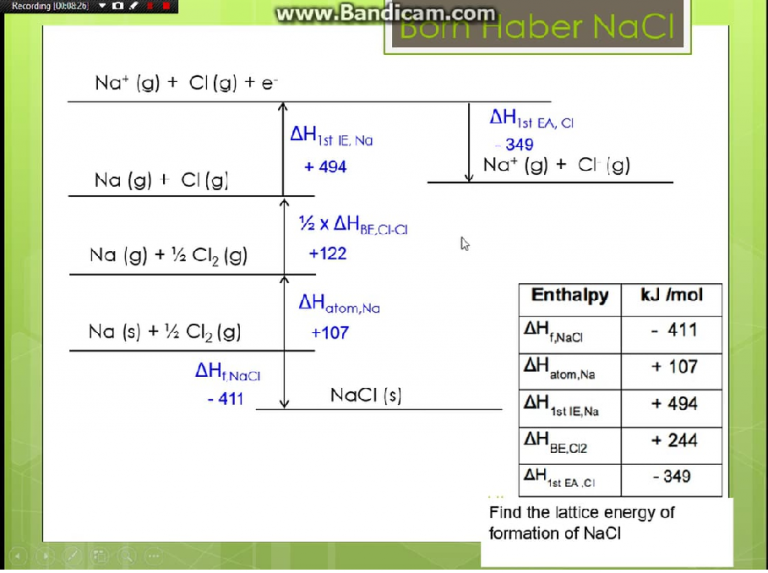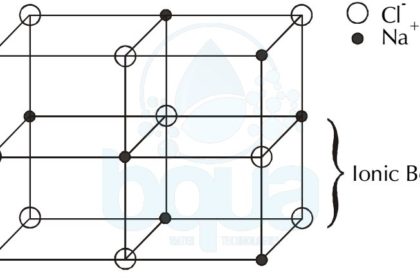


As the material is work hardened it becomes increasingly saturated with new dislocations, and more dislocations are prevented from nucleating (a resistance to dislocation-formation develops). The defect-free lattice can be created or restored at any time by annealing. Theory īefore work hardening, the lattice of the material exhibits a regular, nearly defect-free pattern (almost no dislocations). The cold working of the metal increases the hardness, yield strength, and tensile strength. In cold forming, metal is formed at high speed and high pressure using tool steel or carbide dies. Applications include the heading of bolts and cap screws and the finishing of cold rolled steel. Cold forming techniques are usually classified into four major groups: squeezing, bending, drawing, and shearing. They are characterized by shaping the workpiece at a temperature below its recrystallization temperature, usually at ambient temperature. These processes are known as cold working or cold forming processes. Certain alloys are more prone to this than others superalloys such as Inconel require machining strategies that take it into account.įor metal objects designed to flex, such as springs, specialized alloys are usually employed in order to avoid work hardening (a result of plastic deformation) and metal fatigue, with specific heat treatments required to obtain the necessary characteristics.Īn example of desirable work hardening is that which occurs in metalworking processes that intentionally induce plastic deformation to exact a shape change. Undesirable work hardening Īn example of undesirable work hardening is during machining when early passes of a cutter inadvertently work-harden the workpiece surface, causing damage to the cutter during the later passes. Some materials cannot be work-hardened at low temperatures, such as indium, however others can be strengthened only via work hardening, such as pure copper and aluminum. Alloys not amenable to heat treatment, including low-carbon steel, are often work-hardened. Many non-brittle metals with a reasonably high melting point as well as several polymers can be strengthened in this fashion. This strengthening occurs because of dislocation movements and dislocation generation within the crystal structure of the material. Work hardening may be desirable, undesirable, or inconsequential, depending on the context. In materials science, work hardening, also known as strain hardening, is the strengthening of a metal or polymer by plastic deformation. The strain can be decomposed into a recoverable elastic strain ( ε e) and an inelastic strain ( ε p). For work hardening materials the yield stress increases with increasing plastic deformation. A phenomenological uniaxial stress–strain curve showing typical work hardening plastic behavior of materials in uniaxial compression.


 0 kommentar(er)
0 kommentar(er)
